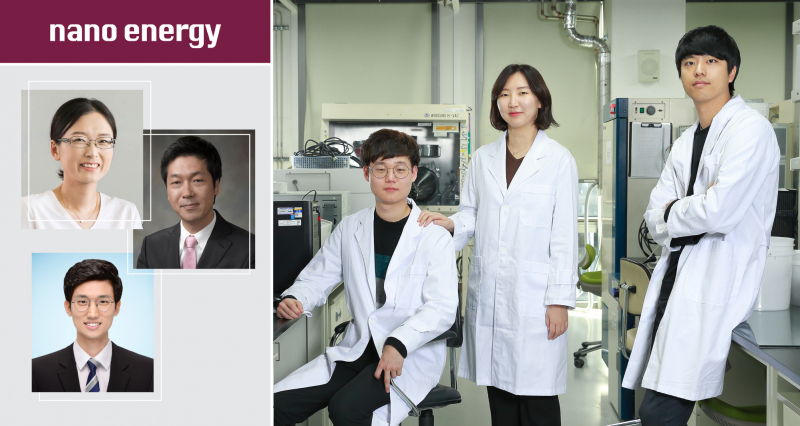With the spread of electric vehicles, interest in “high capacity batteries” is high. Lithium metal batteries, which use lithium metal on their anodes, are also drawing attention in this context. However, the problem is that the stability of the lithium metal is too large and the stability is low. The technology that solved this by the “electrolyte” in battery came out.
A joint research team, led by Professor Nam-Soon Choi and Professor Sang Kyu Kwak in the School of Energy and Chemical Engineering at UNIST has developed an ion concentrate electrolyte using a solvent containing fluorine atoms. The electrolyte evenly formed a protective film on the negative electrode and the positive electrode of the lithium metal battery, increasing the lifespan and output of the entire battery.
The charging and discharging of a lithium metal battery or a lithium ion battery occurs when a lithium ion moves between a positive electrode and a negative electrode. At this time, the passage through which lithium ions pass is the ‘electrolyte’, and the electrolyte itself reacts on the surface of the electrode (cathode / anode) to form a protective film. However, when this protective film is formed nonuniformly, a problem arises. Lithium metal sharply rises on the negative electrode, causing a short circuit, or modifying the positive electrode to reduce battery performance. Therefore, it is important to make an ideal type of protective film, and the electrolyte components must be effectively controlled for this purpose.
Professor Nam’s research team developed a new composition containing fluorine (F) to protect both the negative and positive electrodes at the same time and increase the battery output. Fluorine reacted with lithium to form a protective film on the surface of the lithium electrode, and also repaired when the protective film was partially destroyed.
“The fluorine-containing electrolyte formed a protective film on the anode, and the electrolyte was decomposed at a high voltage of 4V or more and the adhesion to the anode was solved,” says Yongwon Lee (Department of Energy Engineering at UNIST), a senior researcher at the R&D center of LG Chemical Co., Ltd. “This allows the implementation of high-voltage, long-life lithium metal batteries that was not available in the electrolytes of conventional lithium-ion batteries.”
Professor Kwak’s team used theoretical calculations to identify reaction trends and reaction mechanisms for fluorine-containing solvents. In particular, the fluorinated ether solvent, which has a reduction reaction more easily than conventional fluorine, has a property of easily emitting fluorine, thereby promoting the formation of a protective film (fluorinated interface) on the cathode. Kwak said, “This calculation principle will contribute to the development of functional electrolyte materials and additives for the high performance of lithium metal batteries.”
“The electrode interfacial stabilization mechanism will be used to design the electrolyte system for high energy density cell development,” says Professor Kwak. “It is expected to be of great help in improving the electrochemical performance of next generation high energy density batteries, including lithium ion batteries using the same positive electrode as lithium metal batteries.”
The findings of this research have been published in the January 2020 issue of Nano Energy. This research has been supported through the Technology Innovation Program by the Ministry of Trade, Industry and Energy (MOTIE) and the Technology Development Program to Solve Climate Changes by the Ministry of Science and ICT (MSIT).
Journal Reference
Yongwon Lee et al., “Fluorine-incorporated interface enhances cycling stability of lithium metal batteries with Ni-rich NCM cathodes,” Nano Energy, (2020).












